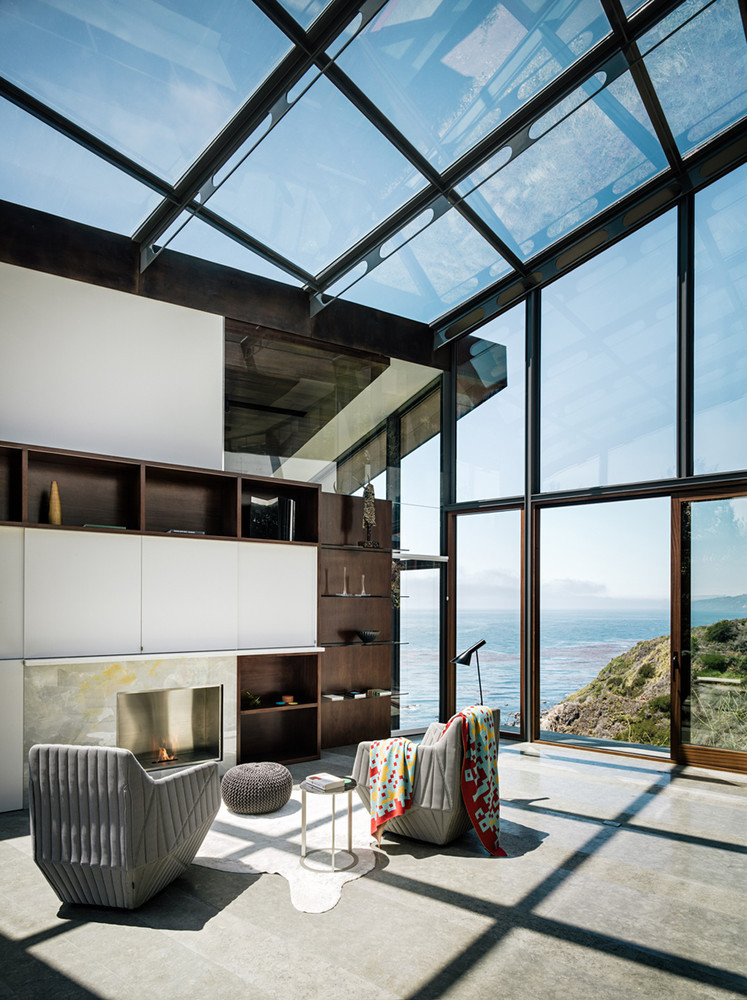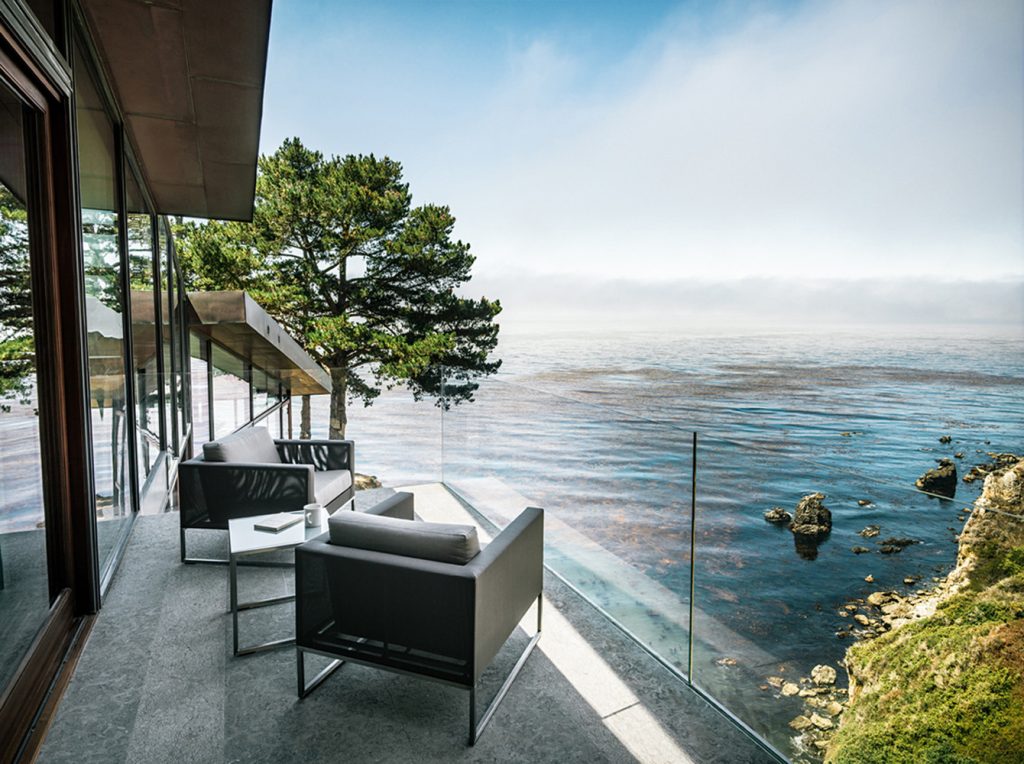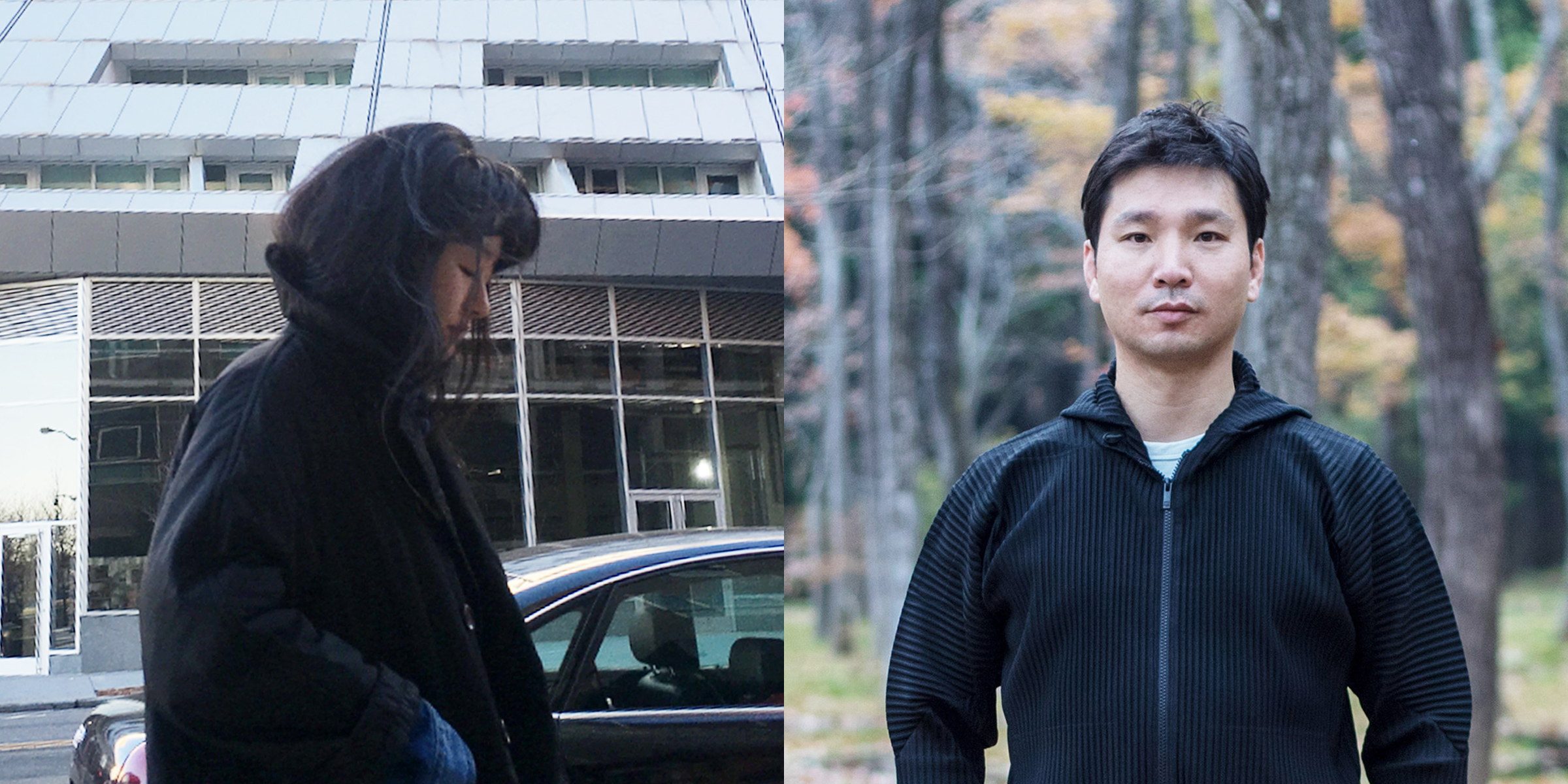Atoms, in their natural state, have the same number of protons as electrons. Nonetheless, the higher the negative ion charge (electrons) in the atmosphere, the more positivity expands in the air generated. This leads to a higher level of serotonin that directly affects people. And, however chemical this issue may seem, it takes on a more poetic and conceptual turn in the architectural world.
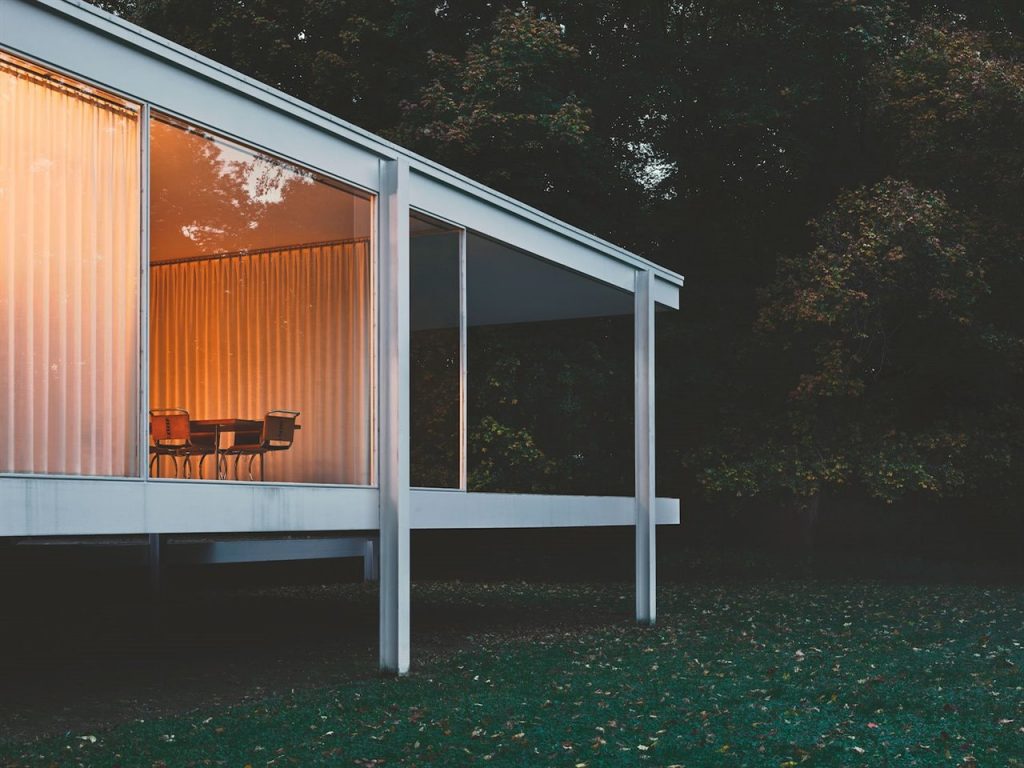
Farnsworth House by Mies van der Rohe
It is through these heights that the sensation of freshness becomes both enjoyable and important when demonstrating what inspires architectural creation where elevation is part of the design. Merely citing Farnsworth House by Mies van de Rohe doesn’t do justice to the provocative design in this approach to structures. This is because this elevation is imposed by practicality and the conundrum of the surrounding area.
Thus, hanging or suspended under a halo of vastness, at The Decorative Surfaces we take a look at Fall House (California). It’s a project that stands out for its location on a steep cliff. A design offering a state of magical wellbeing to its residents thanks to elevation.
Organically melding with the environment
There are lots of projects such as City in the Air (Arata Isozaki, Tokyo) or Chemosphere (John Lautner, California) that have invited us to reflect on elevated structures since the 1960s.
Isozaki’s City in the Air design represented an urban metamorphosis inherent to the post-war period (1962). His project moved away from the land to reorganise and establish a spatial relationship with the surroundings.
The design was structured with a very careful morphology. They were capsules suspended in the air above an ageing city, as a response to the residential problem of this Tokyo neighbourhood.
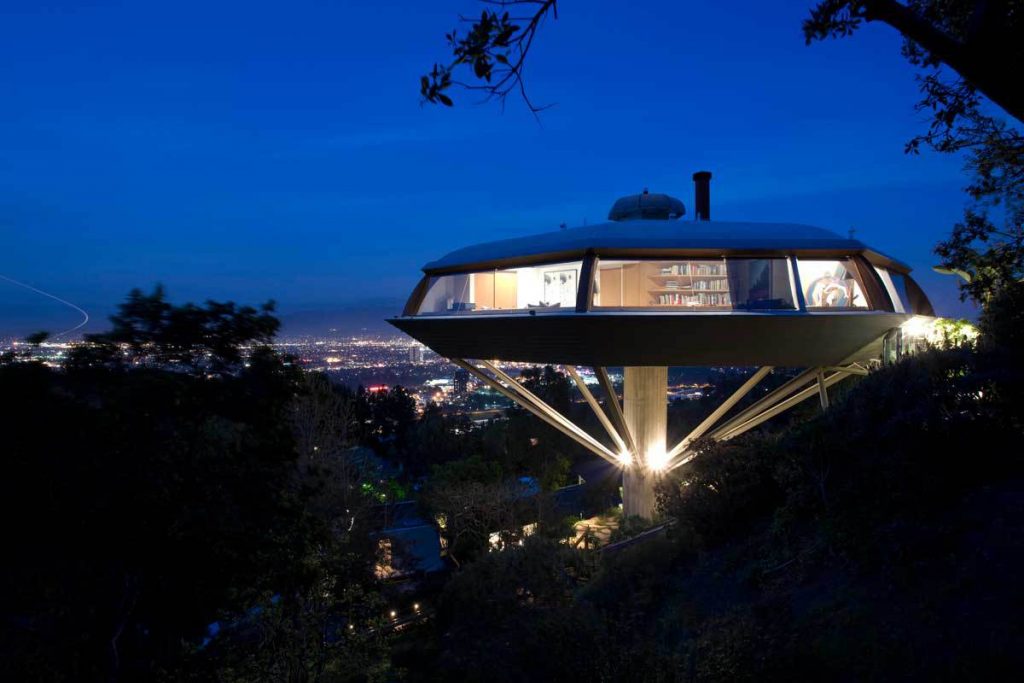
Chemosphere, John Lautner.
In turn, Lautner organically incorporates his structure into the setting, avoiding the conventional and superbly humanising the built environment with a sense of respect.
These examples echo a unique project that could well be defined as the intersection of both approaches. Designed by Fougeron Architecture, The Fall House strives to forge an immersive direct relationship between residents and the ion charge. In this way, it incites them to feel a sense of being suspended in the clouds.
A natural aesthetic
Fall House is located in California, surrounded by a sublime landscape, and gets its name from its cliff-top location. This house in the clouds charges us up with pure serotonin through glass walls that afford residents the ability to consciously be and feel.
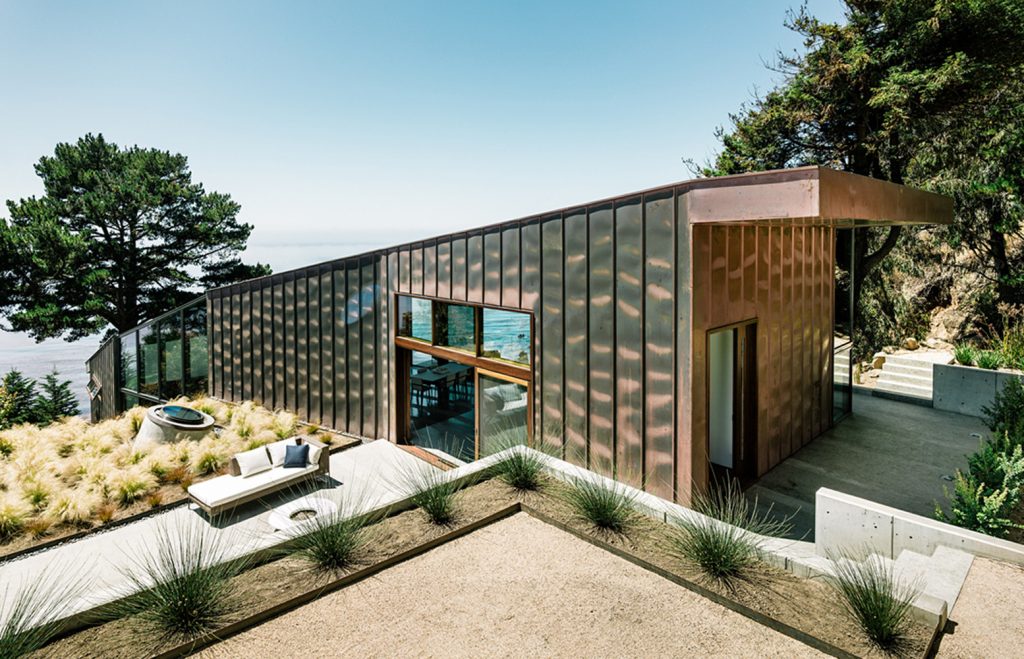
Joe Fletcher Photography
The structure’s design is moulded into the landscape and seems inseparable from the surrounding nature. The shapes narrow and lengthen to conform and distort the natural contours and geometries. In this way, the daring morphology demonstrates respect for nature. It also provides a gift through views over the mighty Pacific Ocean.
Interior electrons
Inside, the minimalist aesthetic provides residents with a sloping sense of being and feeling. The functional greys, burgundies and whites establish a living connection to the space, providing energy and elegance.
In the same way that Mies van der Rohe composed the indoor structure of Farnsworth, Fall House makes it easy to be in the expansive interior space. It combines the practical with the important: relinquishing our earthbound experience.
